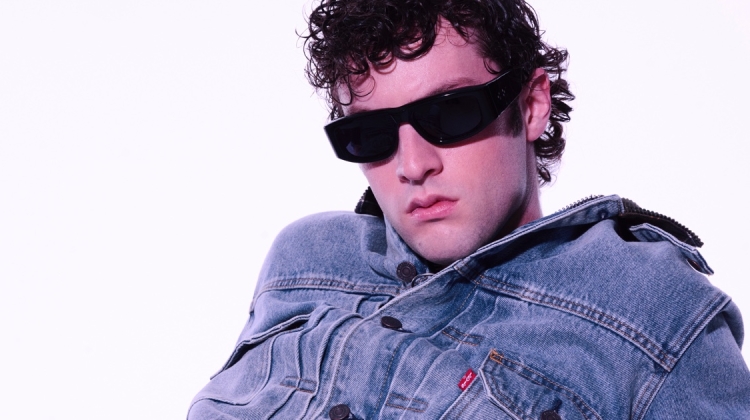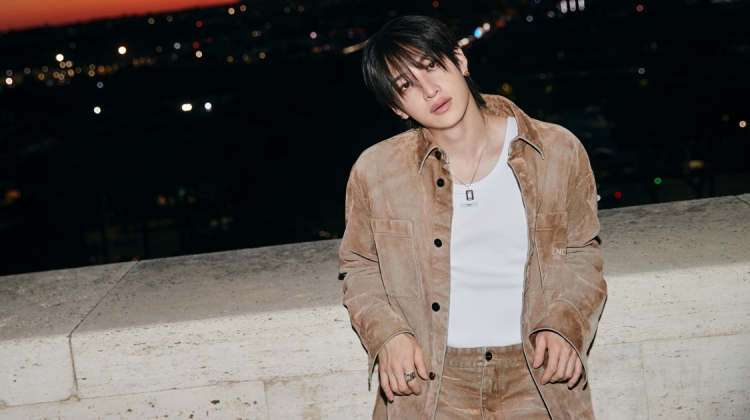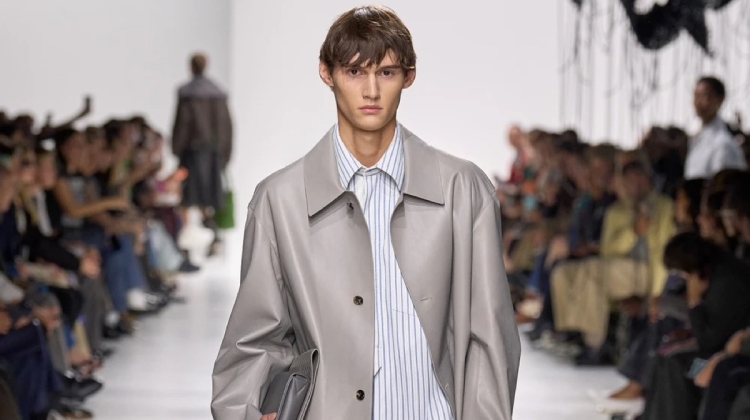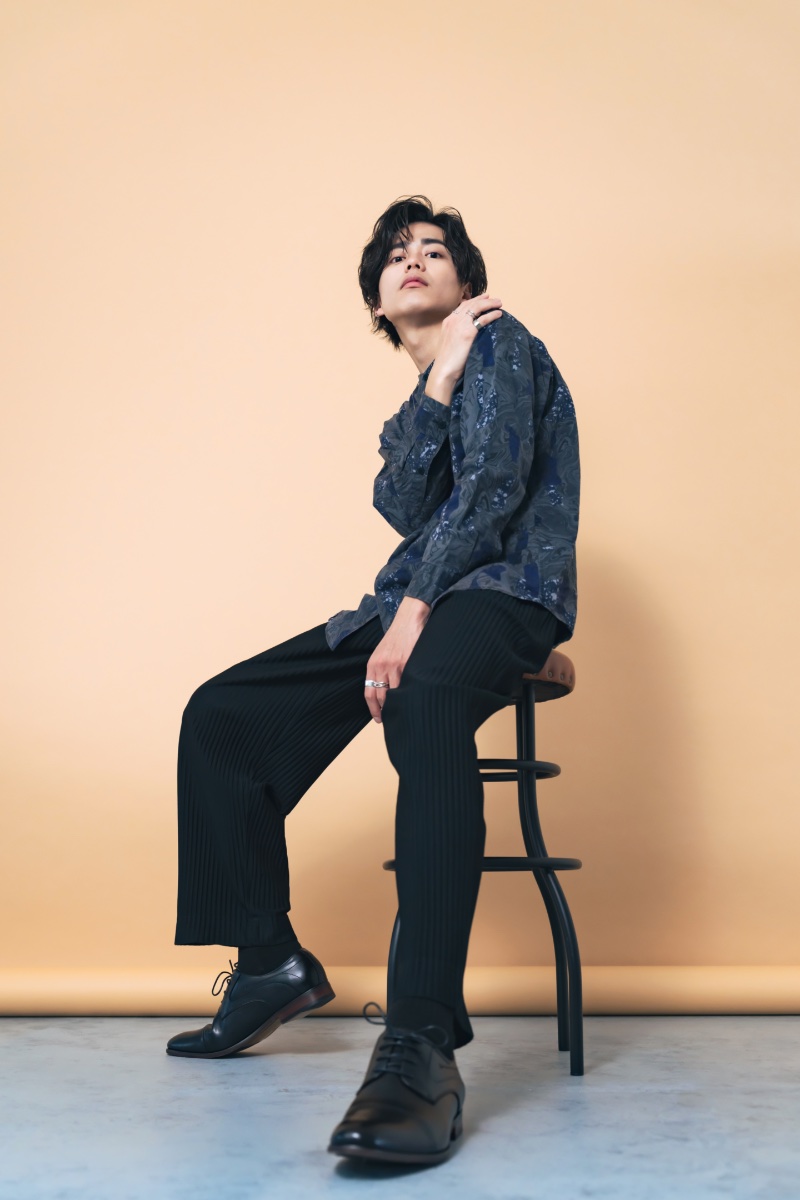
If you’re a fashion designer or brand looking to showcase your latest collection, you can use several strategic methods to stand out and reach people. And despite the rise in digital mediums, print catalogs still provide much value.
The Power of Print
Both print and digital lookbooks have unique benefits and serve different purposes in the fashion and design industries. However, there’s an argument to be made that a physical print lookbook offers more value. Benefits include:
- Tangible experience: Print lookbooks provide a tactile experience, which can enhance the connection with the designs and make a stronger impression on the viewer.
- Enhanced visual quality: High-quality print materials can showcase the textures, colors, and details of the designs more accurately than digital screens.
- Collectible: Print lookbooks can become collectible items, particularly when they feature limited edition designs or are part of a special series.
- No technical issues: Unlike digital lookbooks, print lookbooks do not require electricity, internet access, or specific devices to view, ensuring a hassle-free experience.
- Ideal for events and exhibitions: Print lookbooks are perfect for trade shows, fashion shows, or other events where attendees can pick up and browse through them at their leisure.
- Exclusive and premium feel: A well-crafted print lookbook can give a sense of luxury and exclusivity, helping to elevate the brand’s image.
If you go the print route, make sure you work with the right catalog printer to ensure you get a quality end product. There are plenty of options, so your research will serve you well.
Define Your Lookbook’s Purpose & Goals
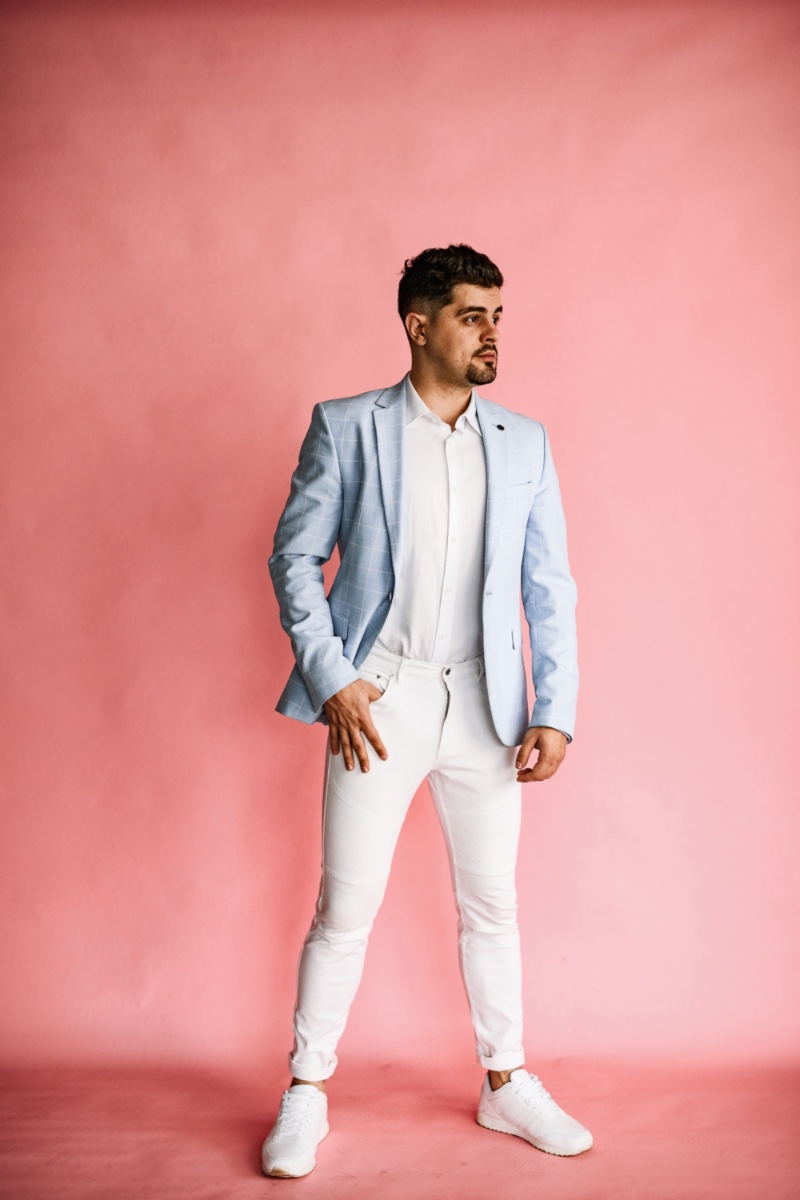
Is your lookbook aimed at attracting retailers, buyers, and influencers? Are you trying to showcase a specific collection, or do you want to capture your brand’s overall style and aesthetic? A clear purpose will help you make informed decisions about your content and distribution.
1. Choose the Right Models
Your models should embody your brand’s style and aesthetic, showcasing your collection in the best possible light. When choosing models, consider their overall look, attitude, and ability to convey your collection. Unconventional models can bring a fresh perspective to your lookbook.
2. Create a Mood Board
A mood board visualizes your lookbook’s concept and style, helping you and your team stay on track throughout the creative process. Include images, color palettes, textures, and any other elements that inspire you and align with your brand’s aesthetic. A well-curated mood board can serve as a valuable reference, ensuring your lookbook maintains a cohesive and consistent visual language.
3. Select the Perfect Location & Setting
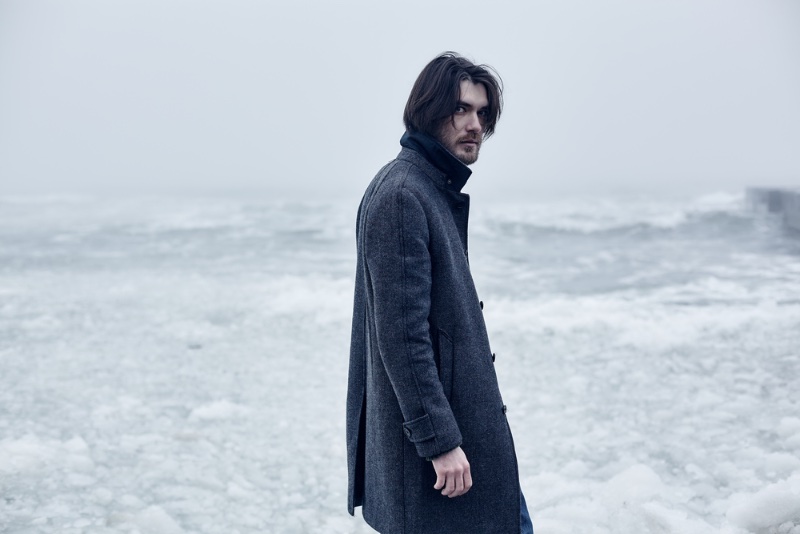
The location and setting of your lookbook photoshoot play a significant role in creating the desired atmosphere and showcasing your collection. Look for locations that complement your brand’s aesthetic, whether an urban cityscape, a minimalist studio, or a lush garden. When scouting locations, keep in mind factors such as lighting, accessibility, and any permits or fees that may be required.
4. Invest in Quality Photography
High-quality photography is crucial in creating a visually stunning lookbook. Invest in a professional photographer who has experience in fashion photography and understands your brand’s style and aesthetic. Ensure that the lighting, composition, and post-production editing are on point, as these elements can significantly impact the overall look and feel of your lookbook.
5. Style & Accessorize
Pay attention to styling and accessorizing your models to create a cohesive and polished lookbook. Thoughtful styling can elevate your collection and help tell a compelling story about your brand. Consider working with a professional stylist who can help you make the most of your collection and create impactful outfits. Accessories contribute to the overall aesthetic of your lookbook.
6. Design a Captivating Layout
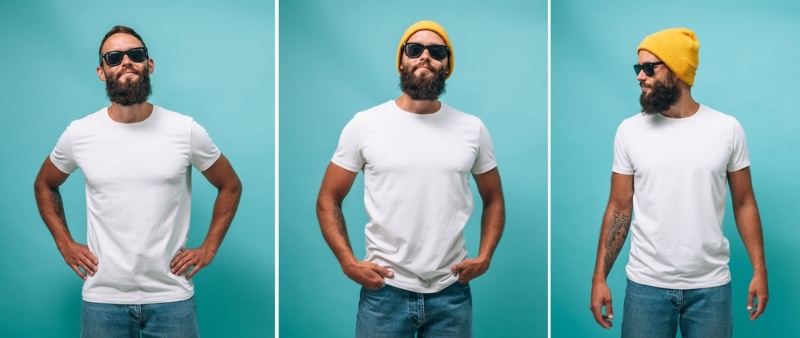
The layout of your lookbook is an essential aspect of its visual appeal. A well-designed layout can guide the viewer’s eye and create a sense of flow and harmony throughout your lookbook. Work with a graphic designer or use user-friendly design software to create a clean, visually engaging layout that aligns with your brand aesthetic. To add interest and depth, find ways to incorporate design elements such as typography, color blocking, and negative space.
Final Words
The beauty of designing a lookbook is ample room for creativity. There are no hard and fast rules. You’re free to express yourself and try new things. The key is to get started! In today’s digital age, print catalogs may seem like a thing of the past, but they still offer unique advantages for fashion designers and brands.
A print lookbook provides a tactile experience, enhances the visual quality, is collectible, requires no technical issues, and gives a sense of exclusivity, making it perfect for events and exhibitions.
To create a successful lookbook, designers need to define the purpose and goals of their lookbook, choose the suitable models, create a mood board, select the perfect location and setting, invest in quality photography, style and accessorize, and design a captivating layout.
While there are no hard and fast rules in designing the perfect lookbook, the key is to get started and allow ample room for creativity.
